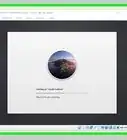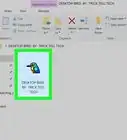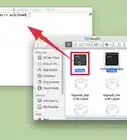X
This article was co-authored by wikiHow Staff. Our trained team of editors and researchers validate articles for accuracy and comprehensiveness. wikiHow's Content Management Team carefully monitors the work from our editorial staff to ensure that each article is backed by trusted research and meets our high quality standards.
The wikiHow Tech Team also followed the article's instructions and verified that they work.
This article has been viewed 694,864 times.
Learn more...
You can open any Mac application with root privileges, as long as you have an administrator password. As always, do not use root access unless you know what you are doing, as you could cause serious damage to the application or to your computer.
Things You Should Know
- Root privileges lets you open any Mac application with an administrator password.
- Using root privileges can damage your device if done incorrectly.
- Limit yourself tasks you understand well to avoid damage to your applications and computer.
Steps
Method 1
Method 1 of 3:
From an Admin Account
-
1Know the risks. Most graphical applications are not designed for root access. Limit yourself to specific tasks you understand well, or you may end up with inaccessible files, application crashes, or security vulnerabilities.[1]
-
2Open Terminal. Log into an administrator account on your computer. Go to Applications → Utilities and launch Terminal.
- This administrator account must have a non-blank password, or Terminal will not allow you to access root privileges.
Advertisement -
3Try the quick way. The sudo command lets you launch applications with root access, but it requires the path to the executable file within the application package. Most default Mac applications, as well as many third-party programs, organize the package contents the same way, so it's worth trying this:[2]
- Enter sudo "\file path from hard drive to application.app/Contents/MacOS/application name".
For example, to open iTunes, type sudo "/Applications/iTunes.app/Contents/MacOS/iTunes" and press ⏎ Return. - Enter the password for the administrator account you are currently logged into. Press ⏎ Return.
- If the command works, the application should open with root privileges. If Terminal says "command not found," continue to the next step.
- Enter sudo "\file path from hard drive to application.app/Contents/MacOS/application name".
-
4Open the application's package contents. If the quick way didn't work, locate the application in Finder. Right-click (or Control-click) its icon and select Show Package Contents from the drop-down menu.
-
5Find the executable file. You should now see one or more folders inside the application. Locate the executable file inside this folder. This is usually inside /Contents/MacOS.
- The executable often has the same name as the application, but it could have another name, such as "run.sh."
- The executable file icon is usually a black square with the word "exec" in small letters.
-
6Type sudo into Terminal. Type sudo followed by a space. Do not enter the command yet.
-
7Drag the executable file into the Terminal line. This should automatically insert the file path to the executable file.
-
8Confirm the command with your password. Hit ⏎ Return. Enter the password for the administrator account you are logged into, and press ⏎ Return again. The application should launch with root privileges.
Advertisement
Method 2
Method 2 of 3:
From a Non-Admin Account
-
1Open Terminal in a non-admin account. Many system administrators prefer to work in an ordinary user account to limit the possible damage from mistakes or malware attacks.[3] This method still requires an administrator password, but allows you to gain temporary root access without having to switch users. To get started, open a Terminal window.
-
2Switch to an administrator within Terminal. Enter the command su - followed by a space and an administrator's username on this computer. Enter that administrator's password. You are now operating as that user.
- The hyphen in the command is optional, but recommended. It sets the environmental variables and directory to those of the admin user, which limits the chance of accidental damage.[4]
-
3Open the application using sudo. The typical usage is sudo "\file path from hard drive to application.app/Contents/MacOS/application name". If this doesn't work or you need more guidance, refer to the administrator instructions above.
-
4Return to your own account. Once you've completed all tasks that require root privileges, enter exit in Terminal. This will exit the administrator user and return you to your normal account.
Advertisement
Method 3
Method 3 of 3:
Troubleshooting
-
1Disable System Integrity Protection (High Risk). This feature, introduced in Mac OS 10.11 El Capitan, limits access to important files even for the root user.[5] If you are unable to make the desired changes, you can disable SIP. Only do this if you are confident in your ability and understand that a mistake could wipe your computer or make it nonfunctional:[6]
- Restart your computer. Hold down ⌘ Command + R after you hear the start up noise to enter Recovery Mode.
- Select Utilities from the top menu, then Terminal.
- Enter csrutil disable; reboot in Terminal.
- Let the computer restart as usual. You can now use the steps above to open any application with full root privileges. When you are finished, consider repeating these instructions with enable instead of disable to reinstate SIP.
-
2Use nano instead of a graphical text editor. It may be safer and more reliable to edit configuration files using a text editor within Terminal. Nano is a simple option available by default. To use it with root privileges, just enter sudo nano followed by a space and the file path to your text document. You can then edit the document from within Terminal. When finished, press Control + O to save, then Control + X to quit nano.
- For example, sudo nano /etc/hosts will open the hosts file with root access.
- It's a good idea to make a backup before you edit any configuration files. To do this, enter sudo cp filepath_of_config_file new_filepath of backup. For example, sudo cp /etc/hosts /etc/hosts.backup creates a copy of the hosts file named hosts.backup. If you make a mistake, move the misconfigured file with (for example) sudo mv /etc/hosts /etc/hosts.bad and restore the backup with sudo cp /etc/hosts.backup /etc/hosts.[7]
Advertisement
Community Q&A
-
QuestionWhy does mine say "operation not permitted"?
 Community AnswerYou'll need to be logged in to an administrator account to do that.
Community AnswerYou'll need to be logged in to an administrator account to do that.
Advertisement
Warning
- A mistake in root access could wipe your computer or make it unusable. The risk is higher in 10.10 or earlier, or in 10.11 with SIP disabled. Keep your administrator password private to prevent others from gaining root access.
References
- ↑ http://stackoverflow.com/questions/24004733/how-to-set-my-application-to-always-run-as-root-osx
- ↑ http://osxdaily.com/2013/02/06/how-to-run-gui-apps-as-root-in-mac-os-x/
- ↑ http://www.linfo.org/su.html
- ↑ http://www.linfo.org/su.html
- ↑ https://support.apple.com/en-us/HT204899
- ↑ http://osxdaily.com/2015/10/05/disable-rootless-system-integrity-protection-mac-os-x/
- ↑ https://support.apple.com/en-us/HT202292
About This Article
Advertisement


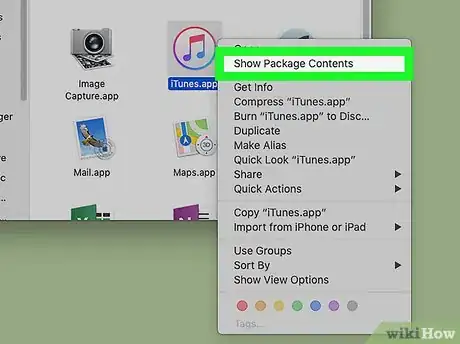


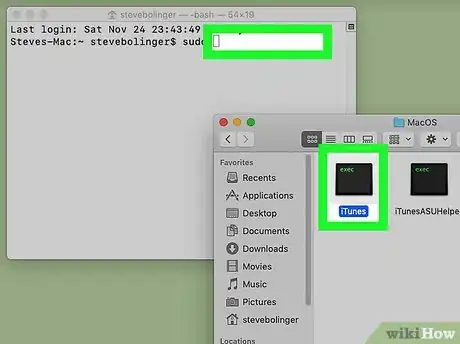

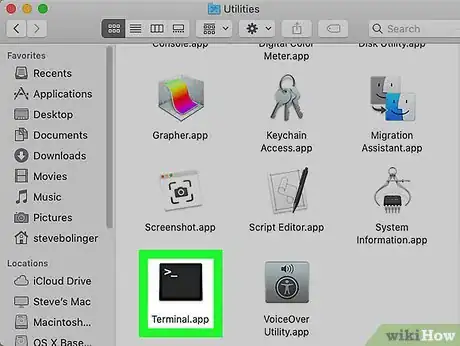
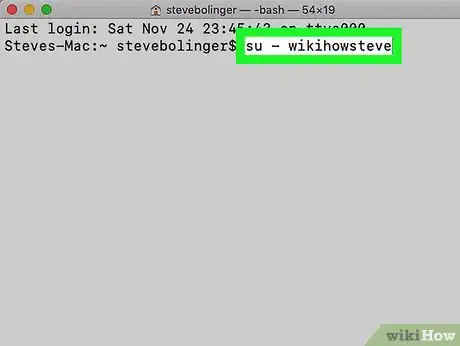

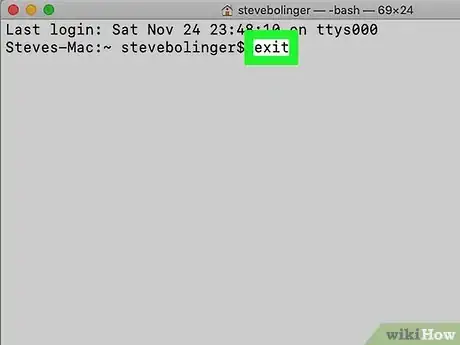
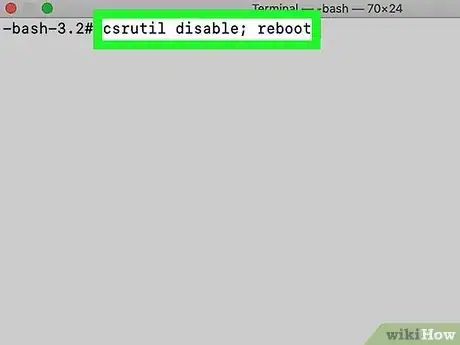
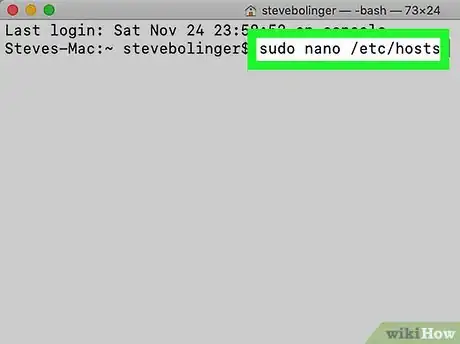
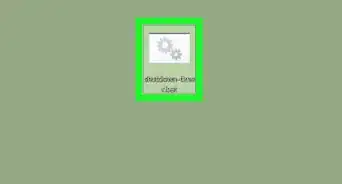
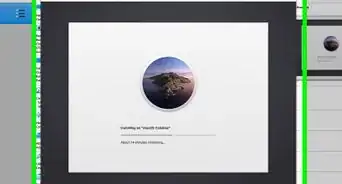
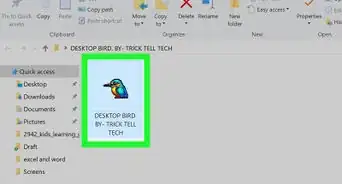
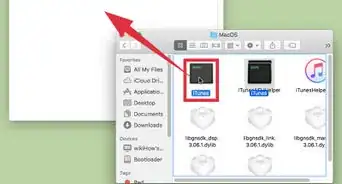


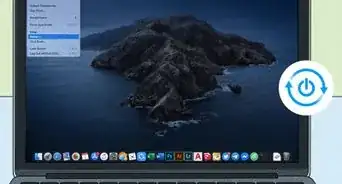
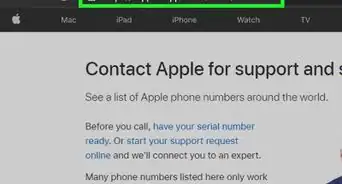


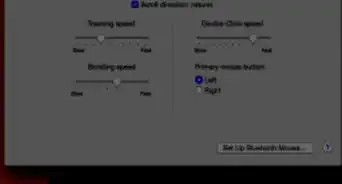

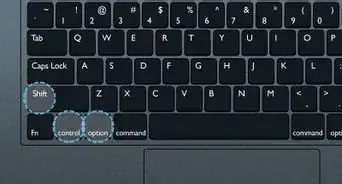
-Step-27.webp)








